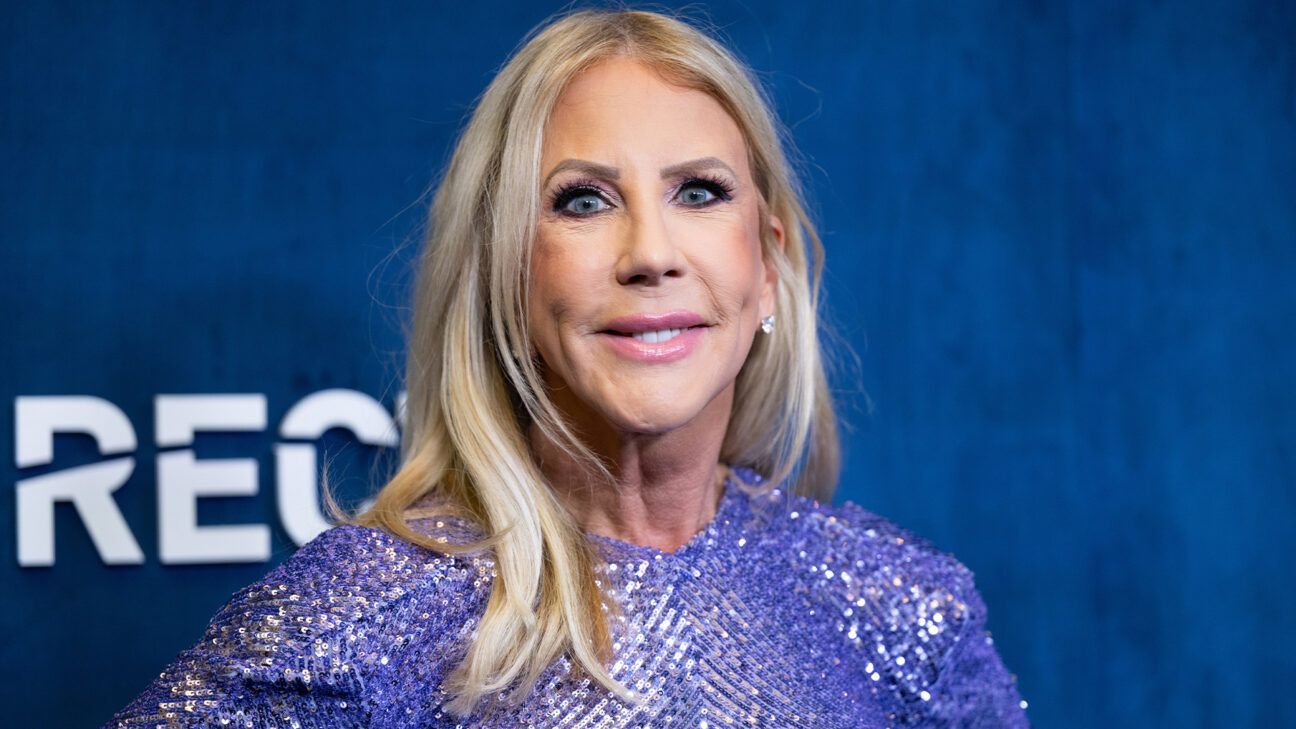7 Simple Tips to Manage Extreme Hunger After Stopping Ozempic, Wegovy, or Zepbound

- GLP-1 drugs mimic hormones that help people block food noise and tune into hunger cues.
- When people cease the use of these medications, they may experience extreme hunger.
- There are ways to manage this hunger, including focusing on specific types of foods and deprioritizing others, exercise, and other lifestyle modifications.
While drugs like Ozempic, Wegovy, and Zepbound can help people lose significant weight, individuals who stop using the medications often regain many of the pounds they shed. It’s a phenomenon commonly referred to as Ozempic rebound.
In fact, one clinical trial extension from 2022 indicated that people who ceased 2.4 mg weekly doses of semaglutide (Wegovy) regained about two-thirds of their weight within one year.
One reason people often quickly regain weight is that extreme hunger and food noise blunted by the GLP-1 drugs can return and, in many cases, feel more intense.
“GLP-1 medications suppress the appetite,” says Dr. Mir Ali, a board certified bariatric surgeon and medical director of MemorialCare Surgical Weight Loss Center at Orange Coast Medical Center. “However, when stopped, the appetite returns and there is likely some dysregulation in the appetite hormones, so the appetite can come back even stronger.”
While these medications are designed for long-term use, access, costs, and side effects may not make that possible for everyone.
However, health experts who specialize in treating obesity say that the following seven tips can help people manage extreme hunger after they stop taking GLP-1 drugs like Ozempic and maintain the weight they’ve lost.
Portion control
Balance is important.
“The plate method divides your plate into three categories,” says Dr. Michael L. Glickman, a triple board certified family and obesity medicine physician who founded Revolution Medicine.
Glickman says these categories are:
- Non-starchy vegetables: Half of the plate and ideally consumed first
- Protein: One-quarter of the plate
- Carbohydrates: One-quarter of the plate
Some products — and even your own body – can serve as a portion guide.
“There is dinnerware available that can help regulate portions,” Ali says. “Your hands are also a rough guide to portions.”
What fits in the palm of your hand is often an approximate portion size, Ali says.
Ali says you can ask for half of a portion or box half of a meal before eating when dining out.
Eat foods that make you feel full longer
A 2015 review indicated that foods high in fiber and protein were satisfying.
Dr. Christopher McGowan, who is triple board certified in internal medicine, obesity medicine, and gastroenterology, says these foods should be a priority, especially after ceasing the use of a GLP-1 drug.
“GLP-1 medications work by curbing appetite through the brain and slowing stomach emptying, leading to prolonged fullness,” says McGowan, who is also the co-founder of True You Weight Loss. “After stopping a GLP-1 medication, the stomach will rapidly return to its baseline emptying rate, meaning you will feel less satisfied after meals. This sudden feeling of rapid emptying and reduced satiety can be counteracted by focusing on satiating, slow-to-digest foods.”
Additionally, Glickman notes that fiber can help regulate blood sugar, helping to suppress appetite and keep insulin levels in check.
McGowan suggests foods like:
- Lean meats
- Beans
- Legumes
- Grains
- Vegetables
Avoid highly processed, high-sugar foods foods
The quality of food also matters.
“Avoid foods high in sugar and carbohydrates that cause spikes in insulin,” Glickman says. “Elevated insulin thwarts weight loss and can cause a ‘crash,’ prompting the search for more food high in sugar and carbs.”
Think ahead
Processed foods often have longer shelf lives, fewer storage requirements, and are generally more convenient.
Glickman says having nourishing, satisfying foods, like ready-to-eat fruits and veggies, within reach can counteract the desire to opt for highly processed, sugary foods when you’re hungry.
“Keep the fridge stocked with well-rounded meals — investing, at times, in premade meals through a delivery service,” Glickman says. “Ideally, this helps reduce grazing/snacking in between meals and on the aforementioned processed foods.”
A 2017 study suggested that people who engaged in meal planning had improved diet variety and quality and body weight.
Eat slowly and mindfully
Making time for meals — and eating with intention — might also help with satisfaction.
“Eat mindfully with awareness and intention,” Ali says. “Savor the texture, smell, and taste of food. This may allow your body to be satisfied with less food.”
Mindful eating also slows down the process of food consumption, which could be to a person’s benefit.
“Often, people continue to eat beyond when they are full because they have not allowed enough time for the receptors in the stomach to signal the brain that it is full,” Ali says. “Eating slowly gives time to sense your stomach is full.”
Exercise
Diet and exercise are two lifestyle pillars of weight management. The two might be intertwined, too.
“Exercise sends natural signals that may counteract extreme hunger,” Ali says. “The goal with exercise is being consistent.”
Ali recommends shooting for 30 minutes of physical activity daily, five days a week. That puts people at 150 minutes per week.
The American Heart Association recommends 150 minutes of moderate-intensity or 75 minutes of vigorous-intensity physical activity per week. McGowan agrees that exercise is essential and adds that resistance training is also beneficial, which the AHA suggests doing at least twice weekly.
Research from 2023 indicated that people who exercised regularly had better appetite sensitivity, which could assist with long-term caloric intake.
A 2022 animal study that involved putting mice on treadmills suggested that strenuous exercise could reduce hunger, at least for a couple of hours post-workout.
Find support
While lifestyle modifications and self-help might assist people in managing extreme hunger, you might need or want more support.
“Working with a professional, registered dietitian, including weight monitoring, can be critical,” says Dr. Seth Kipnis, the medical director of bariatric and robotic surgery at Hackensack Meridian Jersey Shore University Medical Center.
Additionally, Kipnis notes that the National Institutes of Health website has a wealth of information related to weight management people might find useful. He also notes that it’s important to keep in touch with your medical team to rule out any other underlying conditions that might be contributing to extreme hunger (and following treatment plans for any conditions you have).
Takeaway
When people stop taking GLP-1 medications like Wegovy, Ozempic, and Zepbound, they often experience feelings of extreme hunger, which can be challenging to manage and can contribute to weight gain.
However, health experts say there are strategies that can help reduce extreme hunger and maintain weight after quitting a GLP-1 drug.
These include regular exercise, portion control, and eating in a slow, intentional manner.
7 Simple Tips to Manage Extreme Hunger After Stopping Ozempic, Wegovy, or Zepbound Read More »







